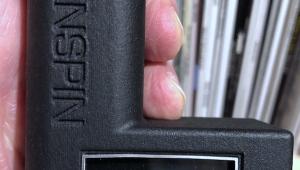The solidity of the Treehaus Audiolab sound differed positively from the sometimes-thin presentation of planar speakers. I liked the balance as a result- but the impressive tube electronics on display had a nice part in that. Analog playback was pretty impugnable. Cat from SME was awesome and cute. Staff was awesome too.. Wearing 'The Smile' T-shirt was a nice ice breaker for meeting cool, new people.
AXPONA 2025 Show Report, Part 5: Treehaus Audiolab & SME
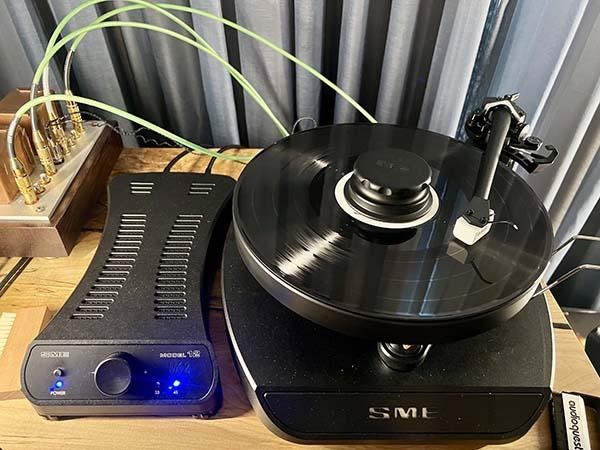
Hello and welcome to a new week, and to Part 5 of my AXPONA 2025 show report series. In addition to what I saw in the Monarch Systems Distribution setups in Room 434 in Part 4, I also came across another SME turntable, the Model 12 MKII, in the Treehaus Audiolab room (Room 1420), where it held court ahead of a stack of classic, old-school tube gear modeled after the spirit of traditional Japanese audio-design approaches.
More on that SME table in a moment, but first, I have to note that Treehaus equipment’s aesthetics strike a balance between the beauty of functional materials — such as copper, some visible wiring, and of course, tube glass, plus natural wood for the speakers — and sonic considerations. Muted colors grace the chassis’ front panels. Treehaus’ open-baffle, field-coil speakers are available in a range of natural wood types.
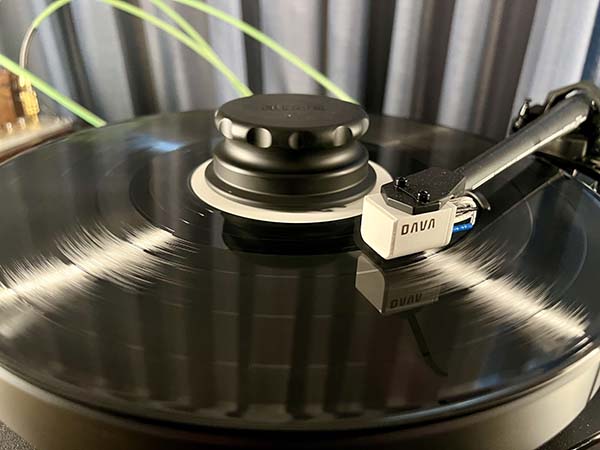
The musical magic in this room began with the first item in the chain: a DaVa Soul Field coil cartridge that has a micro-ridged, diamond-shaped stylus — a fitting choice for Treehaus, a maker that specializes in speakers that deploy field-coil drivers. The DaVa Soul Field cartridge, which weighs 14g and has a VTF of just 2 to 2.5g; is reported to be gentler on records while helping retrieve bass details. Here in Room 1420, this cart was attached to an SME Series 5 tonearm that was custom-wired for use with a field coil six conductor mounted onto that SME Model 12 MKII table. Its low-output signal was fed into a Treehaus Audiolab MC step-up transformer (SUT) connected to the new Treehaus LCR phono preamp ($24,000, including vacuum tubes) that premiered at AXPONA.
The LCR phono preamp contains two tubed gain stages. The first stage deploys 7308 twin triode tubes that are said to be low in noise and microphonics, while the second stage offers 12AT7 tubes for additional gain. Japanese-made Finemet core transformers are used throughout, and they’re hand-coated in Urushi lacquer. The phono preamp’s “LCR” name refers to the passive components used for the RIAA curve correction, including inductors (L), capacitors (C), and resistors (R).
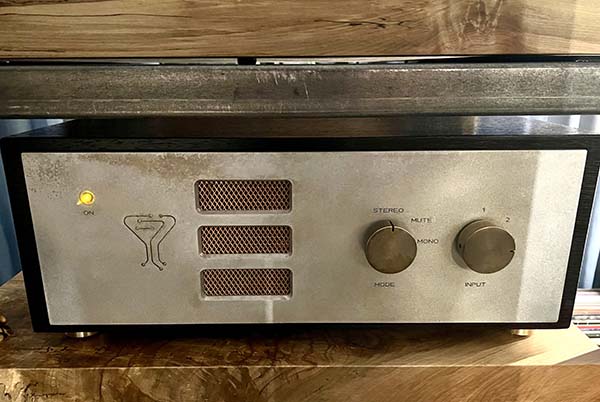
The front panel has two knobs — one for switching between stereo, mute, and mono modes; the other for selection of the LCR phono preamp’s three inputs, two of which allow for user-adjustable cartridge loading on back for different MC cart impedances; 46dB of gain makes MM carts suitable. Housed in a separate chassis, the unit’s tube-rectified power supply employs a Finemet choke in the final stage in a design combined with DC-heated filaments, a high-voltage shunt regulator for each channel, according to Treehaus.
Next was the Treehaus Preamplifier with a 4P1L gain stage and separate power supply. It was connected to the Treehaus 300B tube power amp, where an 801 tubed interstage drives the 300B tube-based amp that powered a pair of Treehaus Audiolab Phantom of Luxury field-coil loudspeakers.
Treehaus Audiolab Principal Rick Pinto told me that Treehaus is now using Stradi tubes for their 300B tube needs. (Stradi is a South Korean tube manufacturer.) “Stradi does a beautiful 300B,” Pinto said. “It’s got a little bit more liquidity, more frequency extension and more clarity. It does it all.”
Indeed, Japanese Breakfast’s “Diving Woman” (the opening track from their 2017 album on Dead Oceans, Soft Sounds From Another Planet) was playing when I went into this room, sounding delightful — at once ethereal and substantial. Michelle Zauner’s sweet vocals and quiet power came through with all the liquidity, delicacy, and detail the material deserved. The sound was spacious, natural, unforced, and pure.
Then I listened to a fun recent release I’d brought along — Artificial Go’s 2024 LP on Feel It Records, Hopscotch Fever, a lively post-punk romp that summons the spirit of female-singer-led English groups of the late-’70s/early-’80s à la the Au Pairs and Delta 5. Electric guitar riffs showed energetic attacks, with their suitable sense of raw crunchiness. Pinto enjoyed a taste of this young group’s material — and seemed pleased, even relieved, to have a musical change of pace. By this point in the show on Sunday, I was too.
Part 6 is coming soon!
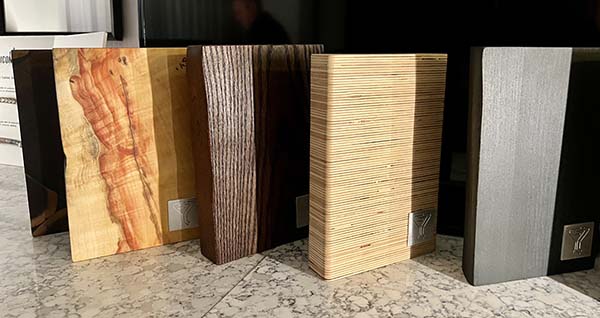
Author bio: Julie Mullins, a lifelong music lover and record collector since age 10 who takes after her audiophile father, is also a contributing editor and reviewer on our sister site, Stereophile, for whom she also writes the monthly Re-Tales column. A former fulltime staffer at Cincinnati’s long-running alt-weekly CityBeat, she programs and hosts a weekly radio show on WAIF called On the Pulse.
For Ken Micallef’s video report on many of the various turntables he saw and heard at AXPONA, go here.
For our YouTube Short featuring cool gear from TEAC and Revox at AXPONA 2025, go here.
For Part 1 of Julie Mullins’ AXPONA 2025 show report, go here.
For Part 2 of Julie Mullins’ AXPONA 2025 show report, go here.
For Part 3 of Julie Mullins’ AXPONA 2025 show report, go here.
For Part 4 of Julie Mullins’ AXPONA 2025 show report, go here.
For Part 1 of AP editor Mike Mettler’s AXPONA: First Impressions series, go here.
For Part 2 of Mettler’s AXPONA: First Impressions series, go here.
For Part 3 of Mettler’s AXPONA: First Impressions series, go here.
For even more AXPONA 2025 coverage, go here on our sister site Stereophile.
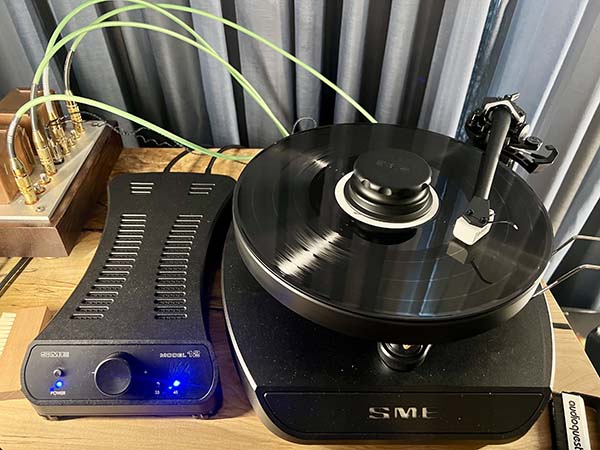
- Log in or register to post comments


These must be real dust traps. No dust cover, no detachable Ortofon/SME headshell (the adjustment must be very easy without it). I didn't know that all this equipment loved being subjected to all these particles with static electricity that must be omnipresent. And yet a cartridge at almost $10,000 (last published price = 9750). The practical side escapes me somewhat. But it's pretty (at least for me, eh).






























